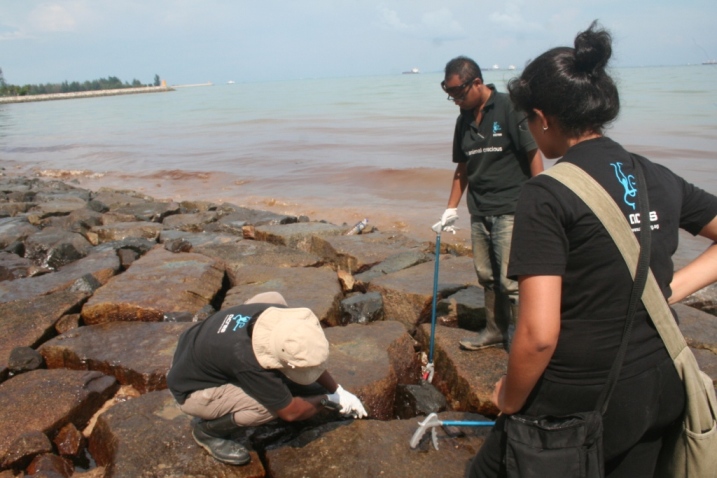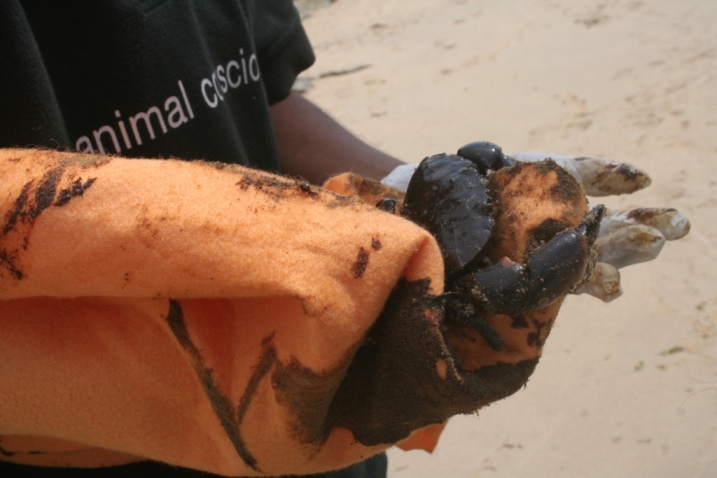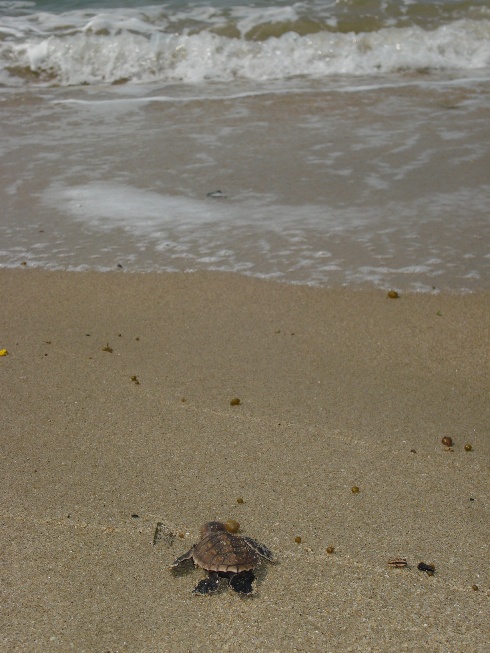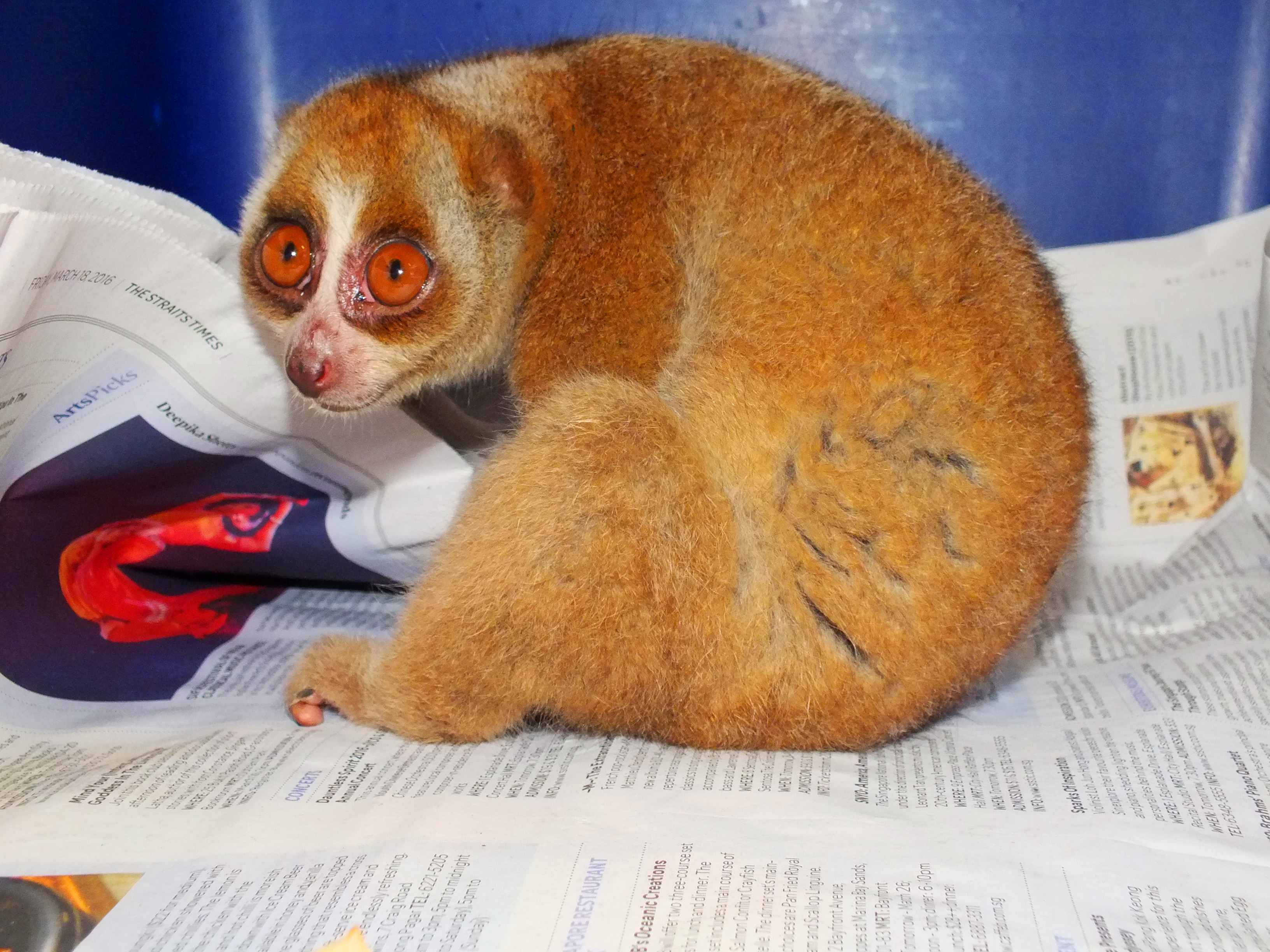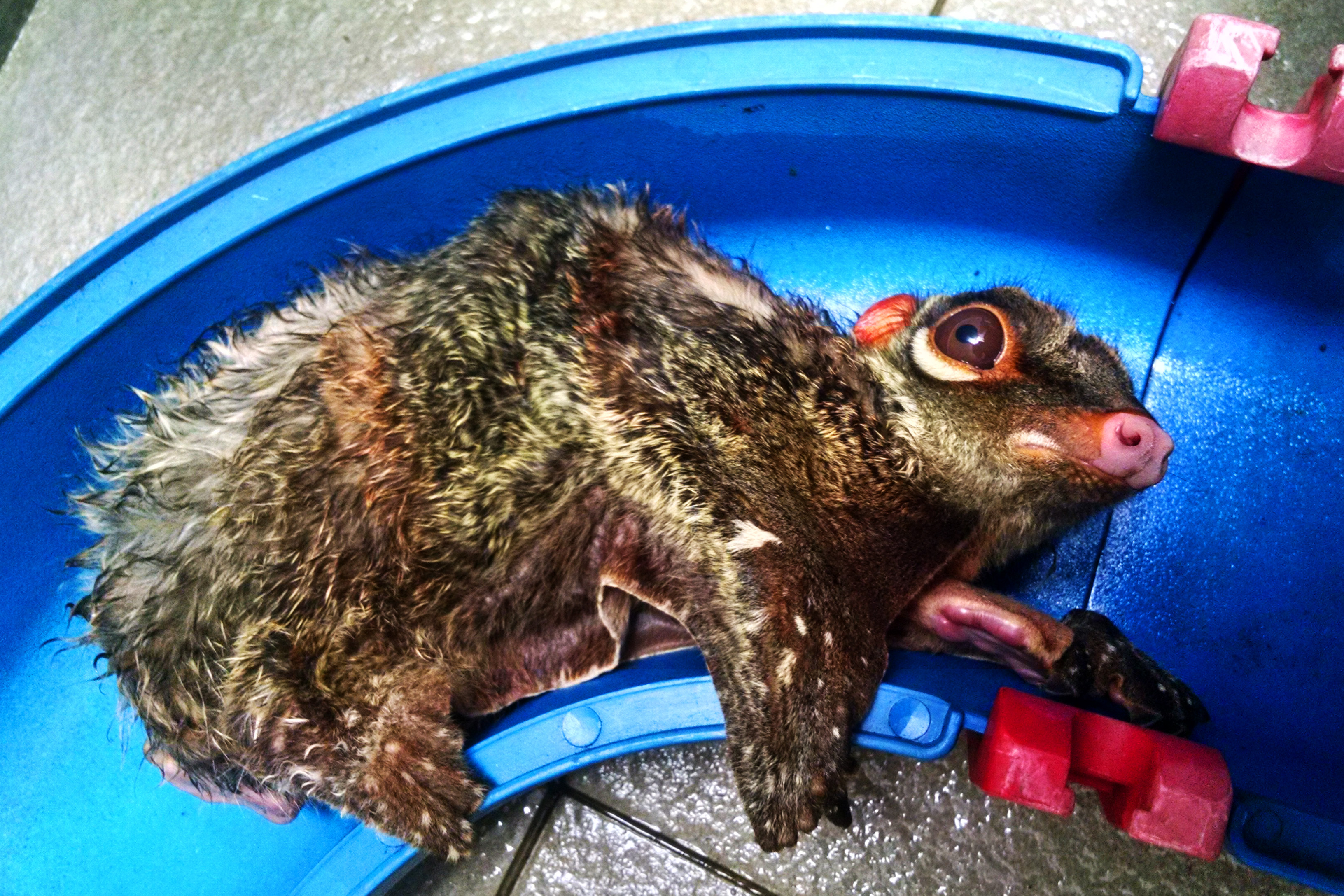As Singapore’s wild animals have increasingly less and less space to live in with increased urbanisation, many find themselves having to adapt living near to human habitations. Wild animals frequently find themselves stuck in people’s homes, or trapped on busy roads, often getting injured along the way. And this can happen any time, night or day.
That’s why ACRES runs our wildlife rescue services 24 hours a day, 365 days a year, so we are always on hand to help wild animals in distress. Our Wildlife Rescue Hotline 97837782 is always busy, and the number of calls we receive each week is steadily rising.
Rescued native animals are released straight back into the wild whenever possible, but sometimes the reptiles and amphibians need a period of treatment at the AWRC and are released back into the wild at a later date, once they are fit and healthy. ACRES collaborates with the National Parks Board (NParks) to find suitable release sites for all animals.
Since the AWRC opened in August 2009, we have been inundated with calls to the Wildlife Rescue Hotline regarding native wild animals in need of help. Since the opening of AWRC, we have rescued and released back to the wild thousands of native wild animals, providing veterinary treatment where necessary.
Species of animal rescued include the sunda pangolin, common palm civet, Malayan colugo, plantain squirrel, reticulated python, monitor lizard, hawksbill turtle, as well as numerous species of birds and bats.
Here are just some of the native wildlife rescues that your support has made possible.



 break;
break;
break;
break;
